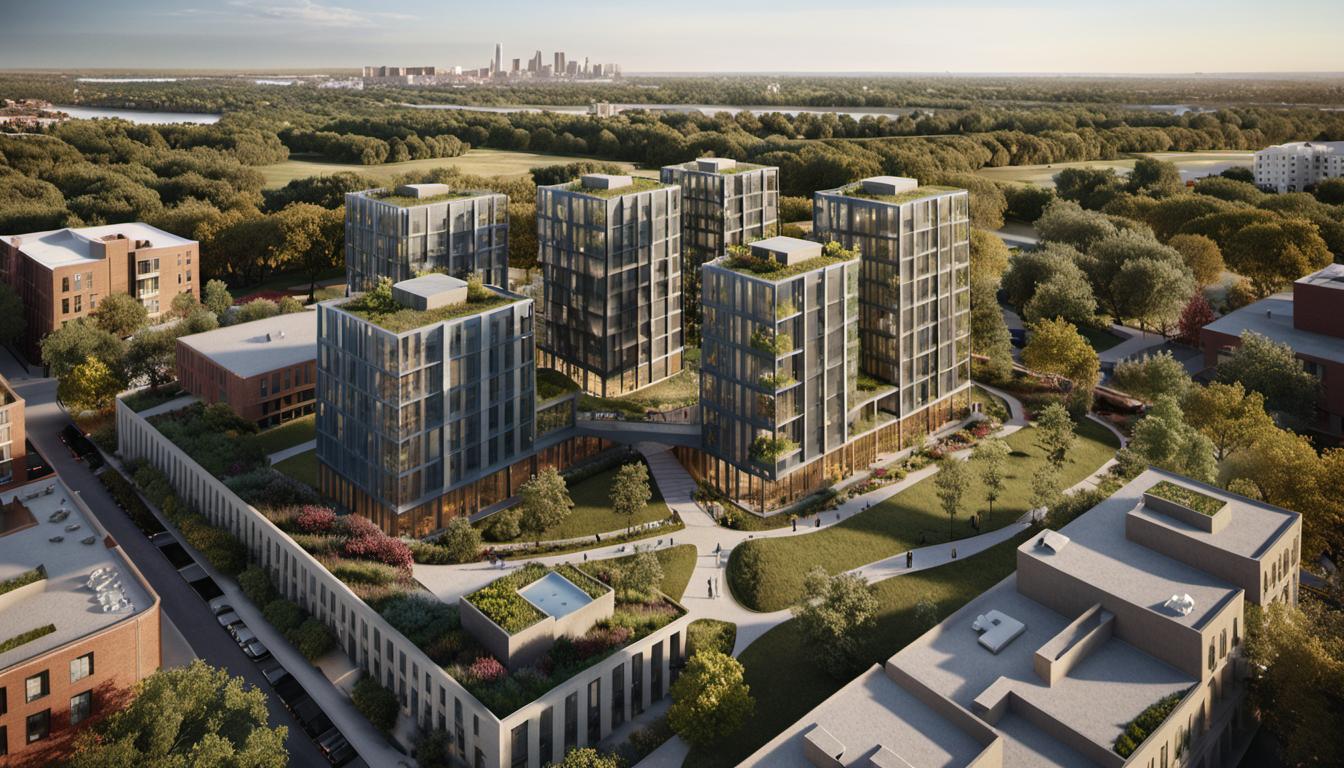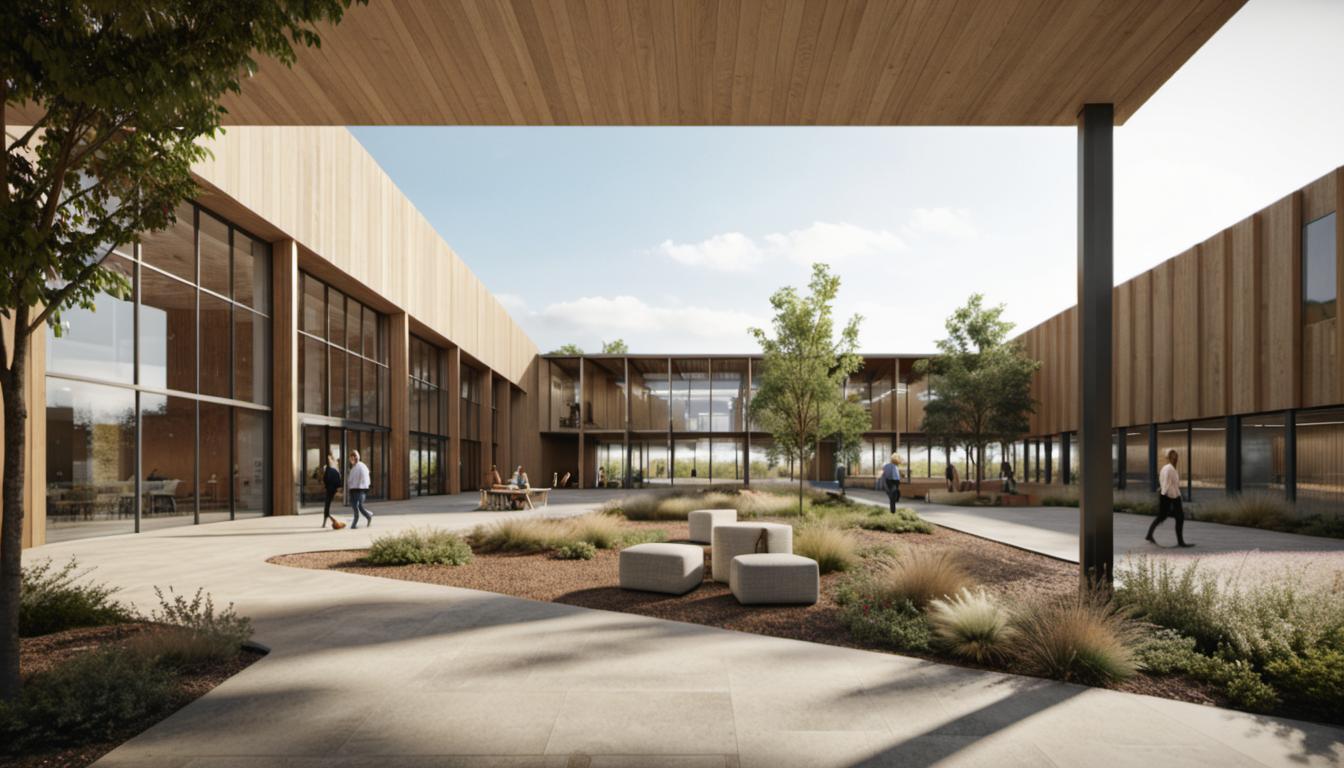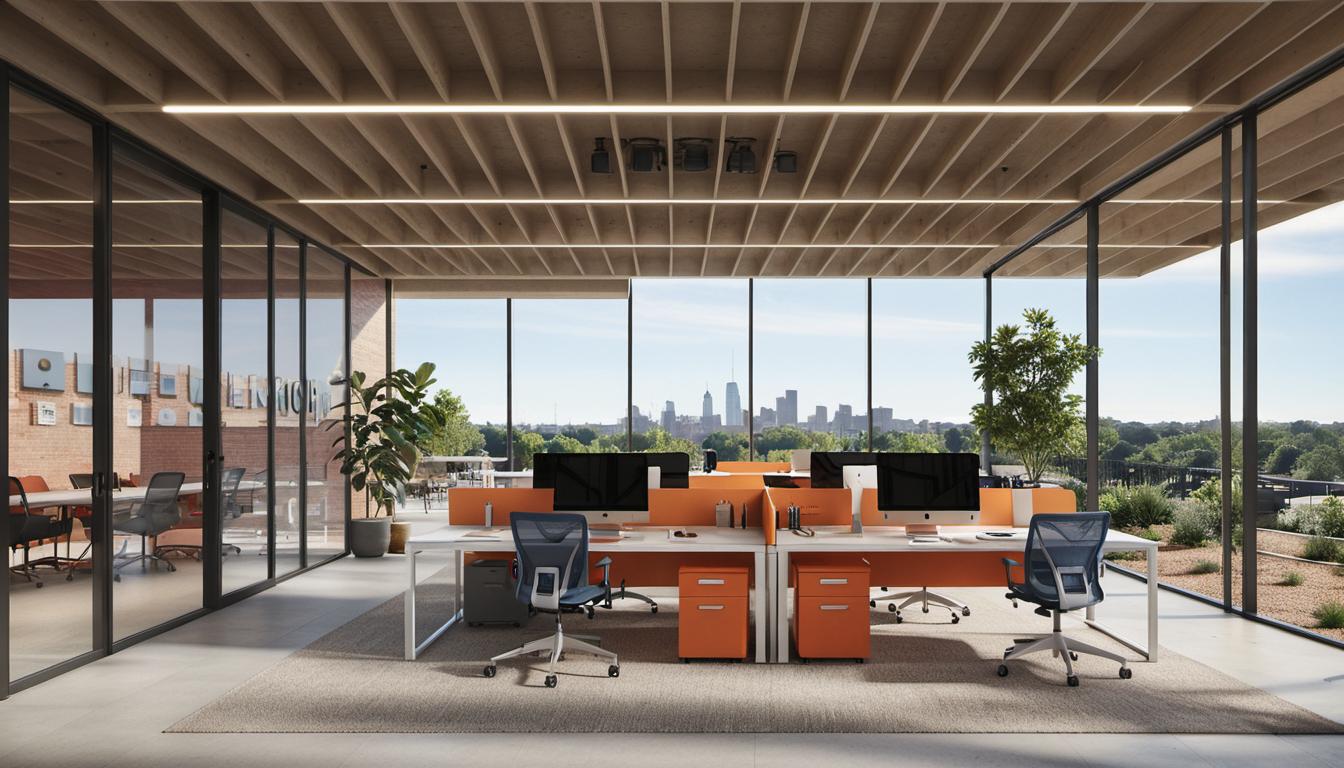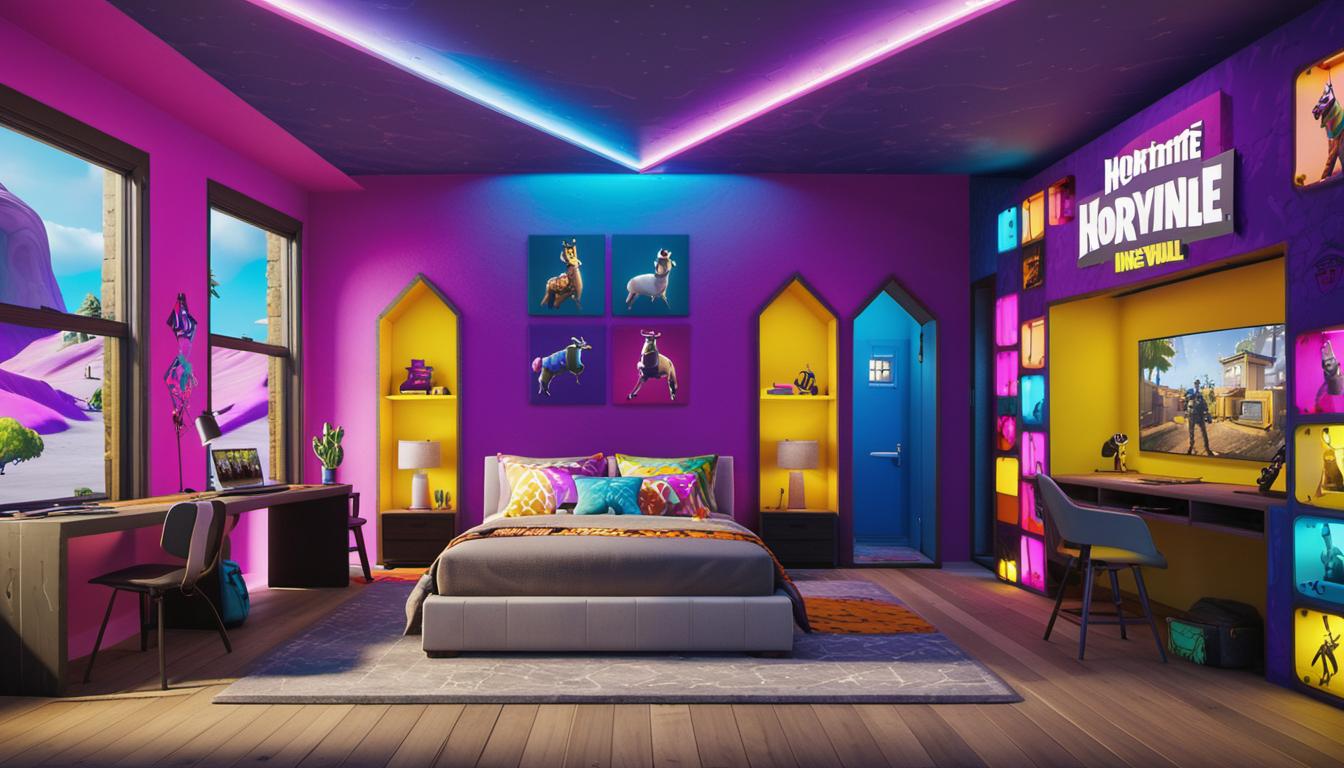Welcome to the Digital Era of Architectural Designs
Technology’s grip on architecture cannot be overstated. The influence can be seen in every facet of architectural designs, manifesting in exciting innovations that change industry practices. Architects and industry professionals are now using advanced computational design and sophisticated apps to not only design and construct buildings, but also to infuse an element of creativity and scientific precision that was previously unknown.
Cutting-edge Tools in Architecture
1. The Power of Computational Design
Computational design is like a potent magic wand in the hands of architects. The method directly employs algorithmic or parametric processes to configure physical forms, making new dimensions possible in architecture.
2. The Rise of Architectural Smartphone Apps
No longer are architects limited by the confines of physical spaces to design, plan, and execute. The surge of smartphone apps compatible with the industry has brought a plethora of tools straight to the architect’s pocket.
3. Touching the Future: Touchscreen Technology
Touchscreen technology is more than a high-end upgrade for gadgets, it’s a fundamental shift in the interaction between architects and their creations. Direct input through a touchscreen enables instantaneous translations into 3D models, accelerating design processes.
The Tech Titans Shaping Architecture
1. Generative Design: The Path To Innovation
Imitating nature’s approach to evolving design, Generative Design is a forward-thinking technology that architects use to examine numerous design options. It’s a leap towards innovation.
2. Additive Design, 3D Printing and Robotics
Additive Design, 3D printing, and robotics have begun to blur the line between design and construction. These new avenues are exemplified by firms in United Arab Emirates and China, whose explores the potential of these devices for architectural applications.
3. Robotics: The Future of Design and Construction
Evolving beyond traditional uses, Robotics has made impressive inroads into architectural design and construction, playing a crucial role in pushing the envelope of what is possible.
Role of Tech in Project Development
1. Cloud Services: The Sky’s the Limit
Cloud services are redefining the process of construction, making it possible for architects, designers, and builders to effectively collaborate and streamline operations from any corner of the globe.
2. Building Information Modeling (BIM)
BIM is not merely a technology, it’s a modern cornerstone of advanced architectural practices, which greatly facilitates collaboration, records changes and enhances the detail and accuracy of design models.
Embracing Reality Technologies in Architecture
1. Virtual Reality: Changing Interactions
A dream of science fiction now come true, VR is fundamentally reshaping the interaction between architects and clients, offering immersive experiences that give an unparalleled preview of architecture.
2. Augmented Reality: Bridging the Gap
AR is not just about creating new experiences, but also about enhancing existing ones. It simplifies architectural design and fills in the gap between what is and what can be.
3. Mixed Reality: The Perfect Blend
Mixed Reality combines features of both AR and VR to create new environments where physical and digital objects co-exist in real-time, opening new possibilities for architectural design.
Gaining an Edge with Tech in Architecture
Architectural firms can gain a competitive edge by leveraging these emerging technologies. The fusion of design and tech not only boosts efficiency but also foments creativity. Precise execution, efficient workflows, and brilliant drafts are all achievable through these digital fixes.
Frequently Asked Questions
How is technology reshaping the way architects operate and design?
With computational design, apps, and other technological advancements, architects can gather analytics and data that promote creativity. Tools like 3D printing, robotics, touchscreen technology, and BIM are streamlining design and construction processes.
How does Generative Design foster architectural design?
Generative Design follows nature’s method of evolution in design. It helps architects examine various design options using computation, facilitating innovation and efficient design creation.
What impact does Additive Design, 3D Printing, and robotics make on architecture?
These technologies are merging the realms of design and construction. They lead to faster and more efficient construction processes, the ability to create complex and organic shapes, and improve traditional techniques.
How do smartphone technology and cloud services contribute to architecture?
Architects can use smartphone apps and cloud services throughout all the project stages. They enhance collaboration, improve client service, and increase flexibility in the working environment.
What advantages do Virtual, Augmented, and Mixed Realities bring to architectural design?
These technologies offer dynamic ways for architects to collaborate and showcase their ideas to clients. Clients can virtually tour through projects before their actual construction, providing a more immersive understanding of design proposals.






